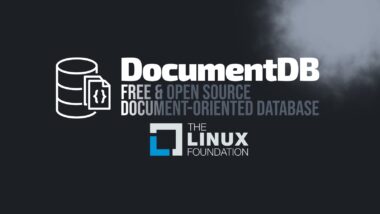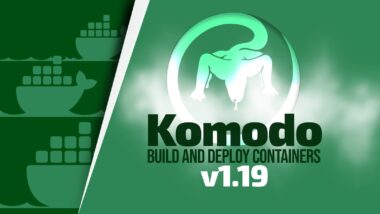How to Install Java on Rocky Linux 10: A Step-by-Step Guide


 Parallels Desktop 26 has been released for macOS, a sizeable update expanding the versatility of the paid-for, proprietary virtualisation software. As you’d expect (since I’m covering the update on an Ubuntu blog), the new update includes a variety of Linux-related improvements, all aimed at making it easier to run Linux VMs on the latest versions of macOS, both Apple silicon and Intel devices. Parallels Desktop 26 adds support for macOS Tahoe 26, as both host and guest. Adding support now means users who upgrade to Tahoe later this year won’t find their VM-needs interrupted by changes and restrictions on how […]
Parallels Desktop 26 has been released for macOS, a sizeable update expanding the versatility of the paid-for, proprietary virtualisation software. As you’d expect (since I’m covering the update on an Ubuntu blog), the new update includes a variety of Linux-related improvements, all aimed at making it easier to run Linux VMs on the latest versions of macOS, both Apple silicon and Intel devices. Parallels Desktop 26 adds support for macOS Tahoe 26, as both host and guest. Adding support now means users who upgrade to Tahoe later this year won’t find their VM-needs interrupted by changes and restrictions on how […]
You're reading Parallels Desktop 26 Update Improves Ubuntu VMs on macOS, a blog post from OMG! Ubuntu. Do not reproduce elsewhere without permission.

Container technology has matured rapidly, but in 2025, two tools still dominate conversations in developer communities: Docker and Podman. Both tools are built on OCI (Open Container Initiative) standards, meaning they can build, run, and manage the same types of images. However, the way they handle processes, security, and orchestration differs dramatically. This article breaks down everything developers need to know, from architectural design to CLI compatibility, performance, and security, with a focus on the latest changes in both ecosystems.
Docker uses a persistent background service, dockerd, to manage container lifecycles. The CLI communicates with this daemon, which supervises container creation, networking, and resource allocation. While this centralized approach is convenient, it introduces a single point of failure: if the daemon crashes, every running container goes down with it.
Podman flips the script. Instead of a single daemon, every container runs as a child process of the CLI command that started it. This design eliminates the need for a root-level service, which is appealing for environments concerned about attack surfaces. Containers continue to run independently even if the CLI session ends, and they can be supervised with systemd for long-term stability.
Podman was designed as a near drop-in replacement for Docker. Commands like podman run, podman ps, and podman build mirror their Docker equivalents, reducing the learning curve. Developers can often alias docker to podman and keep using their existing scripts.
Run an NGINX container
Docker
docker run -d --name web -p 8080:80 nginx:latest
Podman
podman run -d --name web -p 8080:80 nginx:latestGUI Options
For desktop users, Docker Desktop remains polished and feature-rich. However, Podman Desktop has matured significantly. It now supports Windows and macOS with better integration, faster file sharing, and no licensing restrictions, making it appealing for enterprise environments.


 Mozilla Firefox is a solid web browser, but what if it was… Better? That question finds its answer in Zen Browser. Zen is a free, open-source Firefox fork available on Windows, macOS, and Linux. It’s not new, having been around since 2024, and it remains in beta, so there’s no stable build to try. Not being based on Chromium is a notable USP of itself (depressing to say), but this is far more than just a fork. Rather than repackage Firefox with a few different settings, Zen rethinks the user-experience from the ground up, adding features that make browsing the […]
Mozilla Firefox is a solid web browser, but what if it was… Better? That question finds its answer in Zen Browser. Zen is a free, open-source Firefox fork available on Windows, macOS, and Linux. It’s not new, having been around since 2024, and it remains in beta, so there’s no stable build to try. Not being based on Chromium is a notable USP of itself (depressing to say), but this is far more than just a fork. Rather than repackage Firefox with a few different settings, Zen rethinks the user-experience from the ground up, adding features that make browsing the […]
You're reading Zen Browser is What Mozilla Firefox Should Be, a blog post from OMG! Ubuntu. Do not reproduce elsewhere without permission.